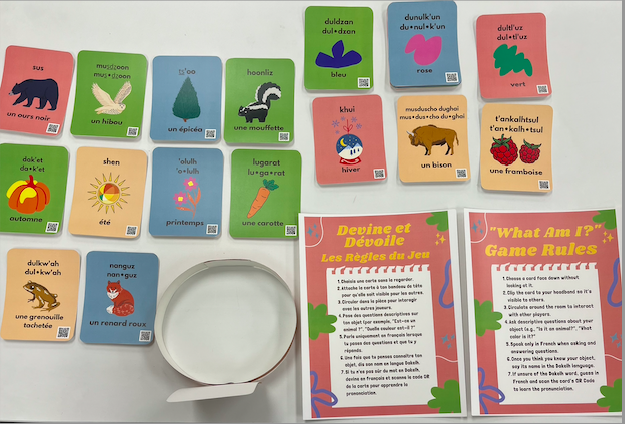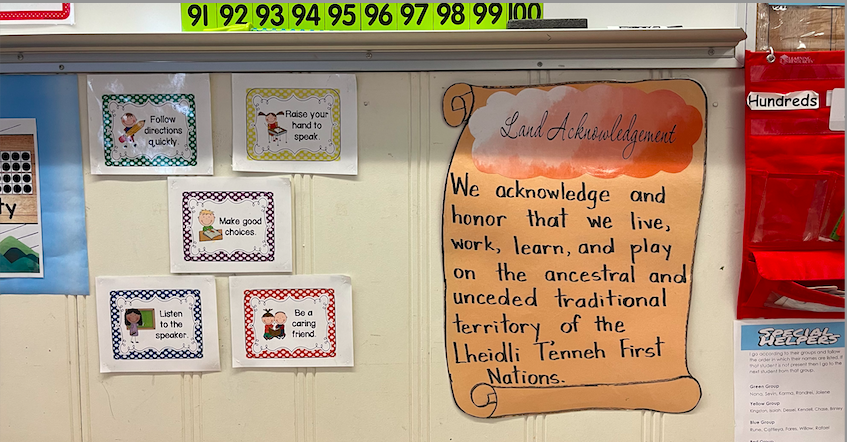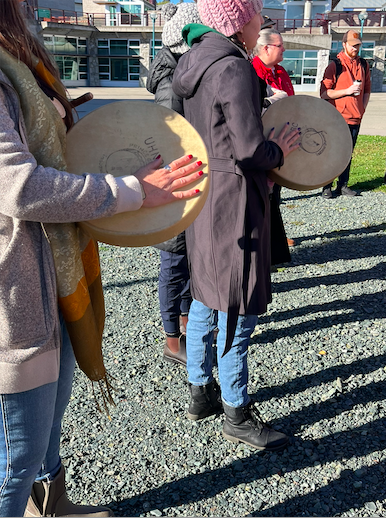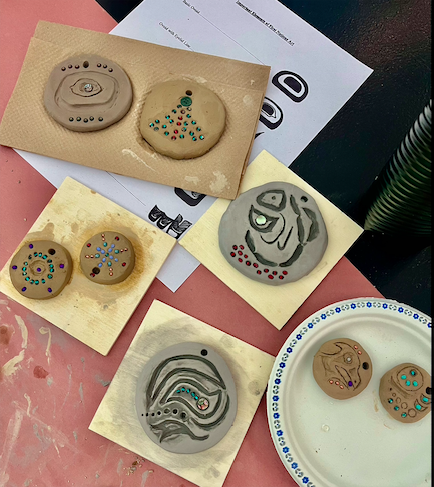Educators respect and value the history of First Nations, Inuit and Métis in Canada and the impact of the past on the present and future. Educators contribute towards truth, reconciliation and healing. Educators foster deeper understanding of ways of knowing and being, histories, and cultures of First Nations, Inuit and Métis.
As a future educator, I acknowledge that I did not receive an authentic or truthful education on the residential school system, nor did I learn about the intergenerational trauma and inequity experienced by the First Peoples of Canada. I can recognize that it is my responsibility to educate myself on these issues and actively work to ensure that Indigenous voices and identities are represented in my classroom.
This block, I learned a multitude of ways that Indigenous history and principles can be fostered in the classroom:
- First Peoples Principles of Learning (FPPL):
Embedding the FPPL into lesson planning creates an environment that respects and reflects Indigenous worldviews. According to Jo Chrona, these principles guide educators to foster holistic, relational, and experiential learning:
- Holistic Learning: Learning is interconnected, focusing on the development of the whole person, emotionally, spiritually, and physically.
- Relational Learning: Relationships with peers, teachers, community, and land are central to the learning process.
- Experiential Learning: Learning through hands-on activities and real-world experiences, like land based learning, strengthens students’ personal connections to knowledge.
2. Classroom Design:


Ensuring that Indigenous languages are incorporated into the classroom and practiced regularly is an important part of honouring Indigenous culture. In my observational practicum, I was able to build ideas based on how other teachers integrated Indigenous learning visually into their classrooms. Additionally, I created a French and Dakelh vocabulary Heads Up game as my first step toward incorporating Indigenous languages into my teaching repertoire. I look forward to bringing more strategies into my own future classroom and creating an environment that celebrates Indigenous languages, traditions, and histories.
3. Land and Place Based learning (Dr. Gillian Judson: Walking Curriculum):
During our field trips, such as our trip to West Lake, we engaged in walking curriculum activities that focused on observation and our deep relationship to the land. At West Lake, we also practiced creating our own land acknowledgments, deepening our understanding of the importance of place and how learning is rooted in the land. This experiential learning connected us to the land and helped us understand the value of incorporating place and land based education into our teaching practices.
4. Ensuring Indigenous Voices are Heard:
One key takeaway from this block was the importance of ensuring that Indigenous voices are brought into the classroom. This was exemplified through the Blanket Exercise and the drumming circle we participated in for National Truth and Reconciliation Day. These activities provided opportunities to engage with the realities of Indigenous history and the ongoing effects of colonialism, while also honouring Indigenous resilience.
5. Authenticity and Truthfulness:
It is crucial not to gloss over the history of Indigenous peoples in Canada but to approach it with authenticity and truthfulness. The Blanket Exercise demonstrated the harsh realities of Canada’s violent history, but it also highlighted the resilience and strength of Indigenous peoples and cultures. As educators, we must share this history in a respectful and honest way, ensuring that students understand the ongoing strength of Indigenous cultures and communities.
By incorporating these principles and practices, I hope to create a classroom that honours the diverse cultural heritage of the Indigenous peoples of Canada and ensure their stories are acknowledged and celebrated. As a non-Indigenous educator, it is my responsibility to continue learning and fostering an inclusive environment that empowers Indigenous students while educating all students about the importance of reconciliation and cultural understanding.


